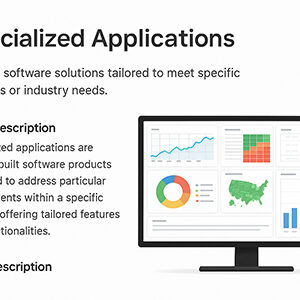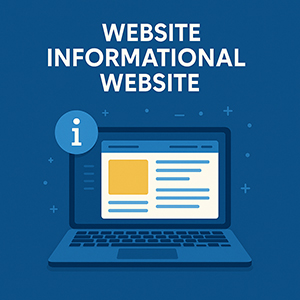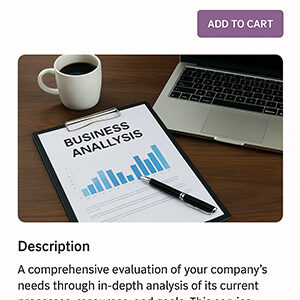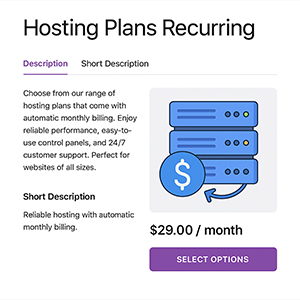Top rated products
Product tags
.99.9% Website Uptime
.Best value for money development
.Business needs analysis
.Custom website solution
.Hosting Plans Recurring
.Outsource expertise availability
24/7 website presence
24/7 Website Support
Admin Control Console for any Website
com SEO title preview: Website Content Manager
Ecommerce Website
FAQ Web Page
Hosting website plan manage
instant banner installer
Networking Infrastructure
On time and on budget
Pay pal Website integration
Quad Browser
Real Estate
Saleable Website Plans
Scheduler
snippets
Specialized applications
ssl websites webp
Target marketing specialty
Value Added Services
Web Design
Web Design & Maintenance Services
Web Design and Maintenance
Web Design Maintenance
Web Design Services
Website Classifieds
Website Contact Forms
Website Coupons Page
Website Database Interface
Website Database Security
Website design and functionality development
Website Events Page
Website Forums
Website Hotel Reservations
Website Informational Website
Website Restaurant Orders Online
Website solution recommended
website staff only page
Website Travel Guide






